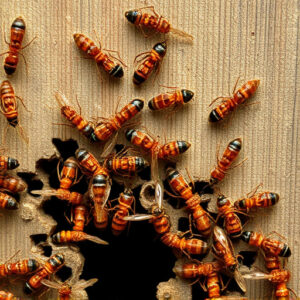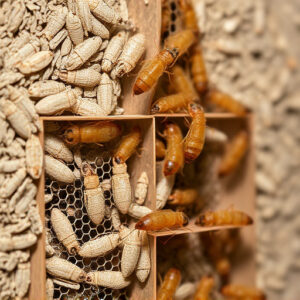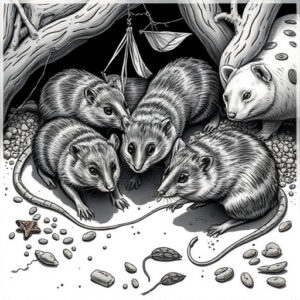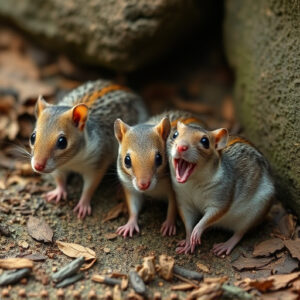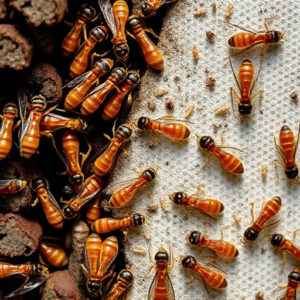Termite Control Tucson: Identifying & Preventing Local Infestations
Two prominent termite species in Marana, Arizona — Western Subterranean Termite and Desert Dry…….
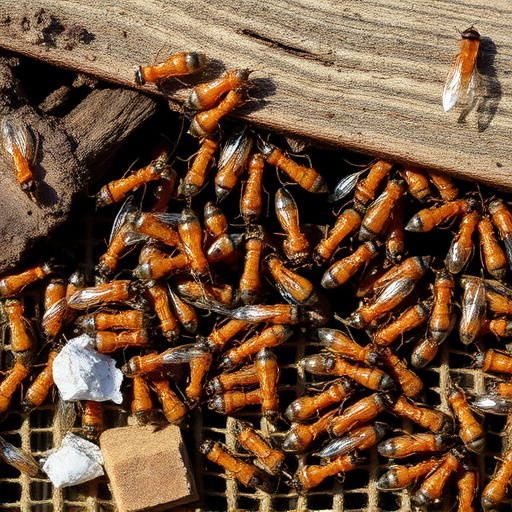
Two prominent termite species in Marana, Arizona — Western Subterranean Termite and Desert Drywood Termite — require tailored control strategies. Understanding their behaviors, seasonal fluctuations, and signs of infestation are crucial for effective termite control Tucson. Proactive measures like inspections, proper drainage, and baits prevent structural damage from these persistent pests.
In the warm, arid climate near Tucson, Arizona, Marana residents often face unique challenges when it comes to termite infestations. This article delves into the various types of termites prevalent in the area, exploring their identifying characteristics, behavior, and impact on local environments. We provide insights into recognizing signs of infestation and offer effective termite control strategies tailored for Tucson homes. Additionally, learn about preventative measures to safeguard your Marana property from these persistent pests, ensuring a comprehensive guide to termite management.
- Identifying Common Termite Species in Marana
- Subterfuge and Behavior: Understanding Local Termites
- The Impact of Climate on Termite Populations Near Tucson
- Signs of Infestation: Recognizing Termite Activity
- Effective Termite Control Strategies for Tucson Homes
- Preventative Measures: Safeguarding Your Marana Property
Identifying Common Termite Species in Marana

In the Marana area, several common termite species are known to inhabit the region, each with unique characteristics and behaviors. Among them, the Western Subterranean Termite (Reticulitermitus haini) is particularly prominent. This species is renowned for its extensive underground nesting habits, often constructing elaborate tunnels and chambers that can go unnoticed until significant damage occurs. They are highly social insects, living in large colonies that can number into the hundreds of thousands.
Another prevalent species is the Desert Drywood Termite (Insericotermes natalis). Unlike their subterranean cousins, these termites live above ground, feeding on dry wood and cellulose-rich materials. They are less visible but no less destructive, often infesting structural wood in homes and buildings. Identifying these species is crucial for effective termite control Tucson, as each requires specialized treatment methods to mitigate infestations successfully.
Subterfuge and Behavior: Understanding Local Termites

In the Marana area, understanding local termites involves appreciating their subtle yet strategic behavior, known as subterfuge. These social insects live in highly organized colonies, with distinct roles for each member. Workers forage for food, soldiers defend the nest, and kings and queens reproduce. Their ability to adapt and conceal their presence makes them elusive but not invincible. Termites in Tucson often target wood and cellulose materials, slowly undermining structures from within.
Recognizing their subtle signs—like mud tubes or small piles of wings—is crucial for effective termite control Tucson. Early detection is key; treating infestations promptly can prevent significant structural damage. Local termite species employ unique strategies to thrive, so understanding their behaviors empowers residents and professionals alike to implement targeted, tailored solutions for effective termite management in the region.
The Impact of Climate on Termite Populations Near Tucson
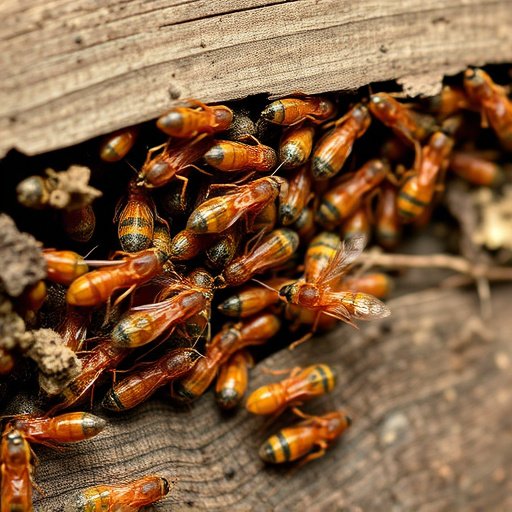
The climate in Marana, like much of Tucson and southern Arizona, plays a significant role in shaping local termite populations. This region’s unique environment, characterized by warm winters and hot, dry summers, influences the behavior and distribution of termites. During the milder winter months, various species become active, seeking out food sources and potential nesting sites. The dry heat of summer, however, can be detrimental to some termite types, prompting them to seek cooler, more humid microhabitats.
This seasonal fluctuation in temperature and humidity levels drives the need for effective termite control Tucson strategies. Professional pest control services understand these climate-driven patterns, employing tailored treatments to address specific termite species active in the area. By recognizing the impact of climate on termite behavior, residents can work alongside experts to protect their properties, ensuring long-term defenses against these persistent pests.
Signs of Infestation: Recognizing Termite Activity
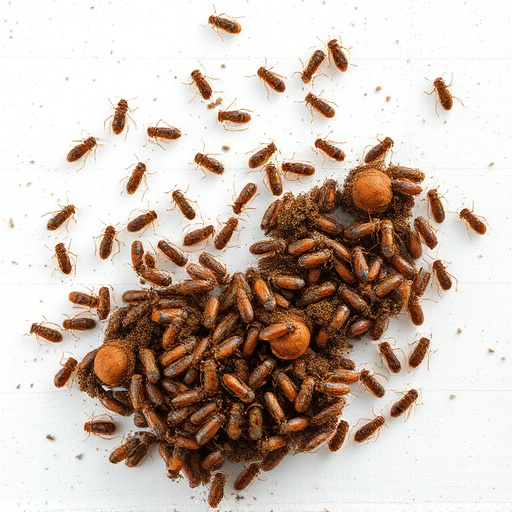
In the Marana area, as with many regions across Arizona and beyond, recognizing signs of termite infestation is crucial for effective termite control Tucson. Termites are often invisible intruders, leaving only subtle clues to their presence. One of the earliest indicators is wood damage, which may appear as hollow or weak spots in walls, floors, or ceilings. These pests nibble away at structural elements from the inside out, making it essential to inspect any wooden structures regularly for signs of decay or discolouration.
Another telltale sign is the presence of small piles of sand-like waste, known as frass, near entry points or damaged wood. Termites also produce distinctive mud tubes, which they construct to create a protected path from their nest to food sources. Homeowners should be vigilant for these tubes, especially along foundation walls and floor joists, as they indicate active infestation and the need for immediate termite control Tucson measures.
Effective Termite Control Strategies for Tucson Homes
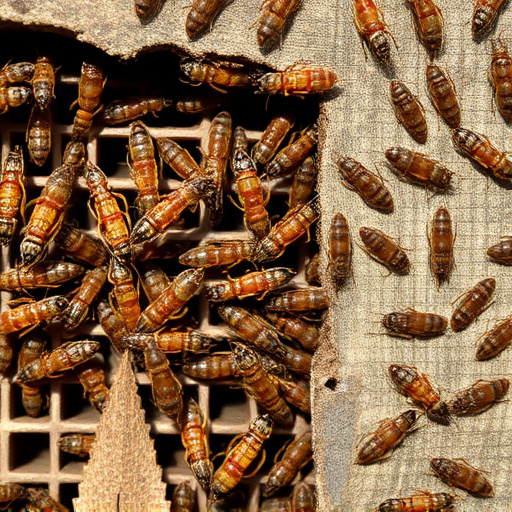
In the battle against termites, which can cause significant structural damage to homes in Marana and beyond, effective termite control strategies are essential for Tucson residents. One of the first lines of defense involves regular inspections by professional pest control services. Identifying termite activity early is crucial as it allows for swift action, minimizing potential harm.
Prevention is key when it comes to termite control. This includes eliminating moisture sources around the home, sealing entry points and cracks, and ensuring proper ventilation in attics and crawl spaces. Using termite-resistant building materials and maintaining a well-landscaped yard with no wood against foundations can also act as deterrents. Regular treatment options range from liquid barrier treatments to baits, which attract termites away from structures, providing an eco-friendly control method.
Preventative Measures: Safeguarding Your Marana Property
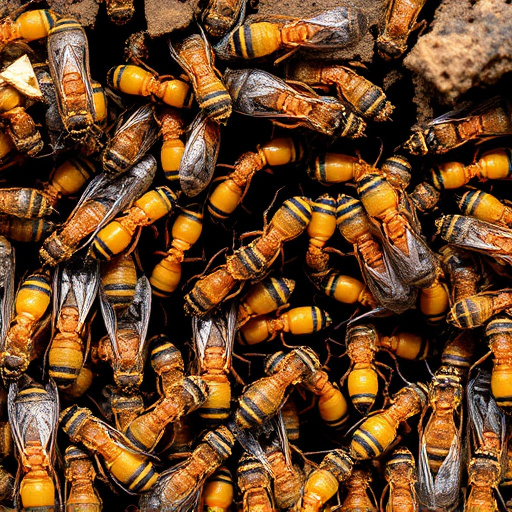
In the Marana area, effective termite prevention is key to protecting your property from these persistent pests. Since termites can cause significant structural damage, it’s crucial for homeowners and property managers alike to be proactive in their approach. Regular inspections are a primary preventative measure; hiring certified professionals to assess your home or building annually can help identify potential termite infestations early on.
Beyond inspections, several other strategies enhance your defense against termites: maintaining proper drainage around your property to prevent water accumulation that attracts termites, sealing entry points and cracks in walls or foundations with appropriate materials, and ensuring wood sources are at least 15 feet away from your structure. For added protection, consider termiticides or baits, which can act as powerful deterrents when applied by professionals. Remember, proactive termite control Tucson methods are more effective and cost-efficient than addressing a full-blown infestation.
The diverse termite species in the Marana area demand proactive and informed measures to manage. Understanding the unique behaviors and adaptations of these pests, influenced by the region’s climate, is essential for effective termite control Tucson homes require. By recognizing signs of infestation early and implementing preventative strategies, residents can safeguard their properties from these insidious intruders. Remember, timely action and professional termite control Tucson services are key to mitigating potential damage caused by these relentless wood-eating machines.

